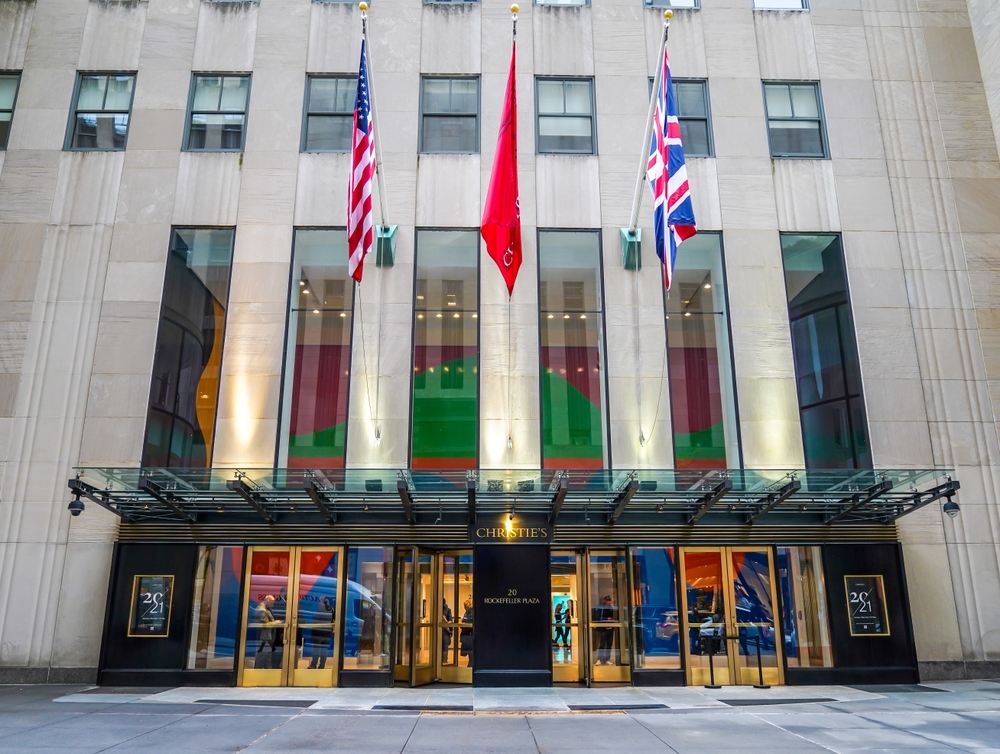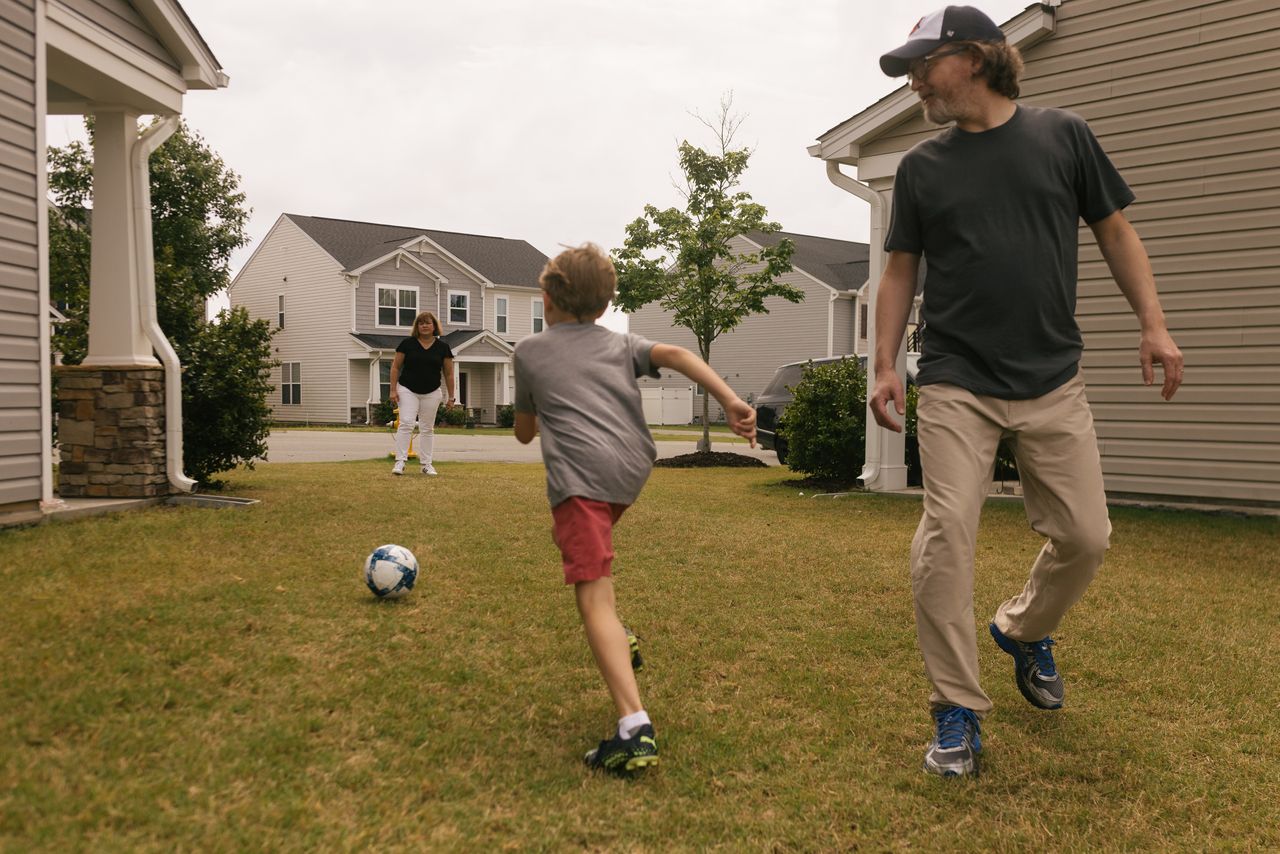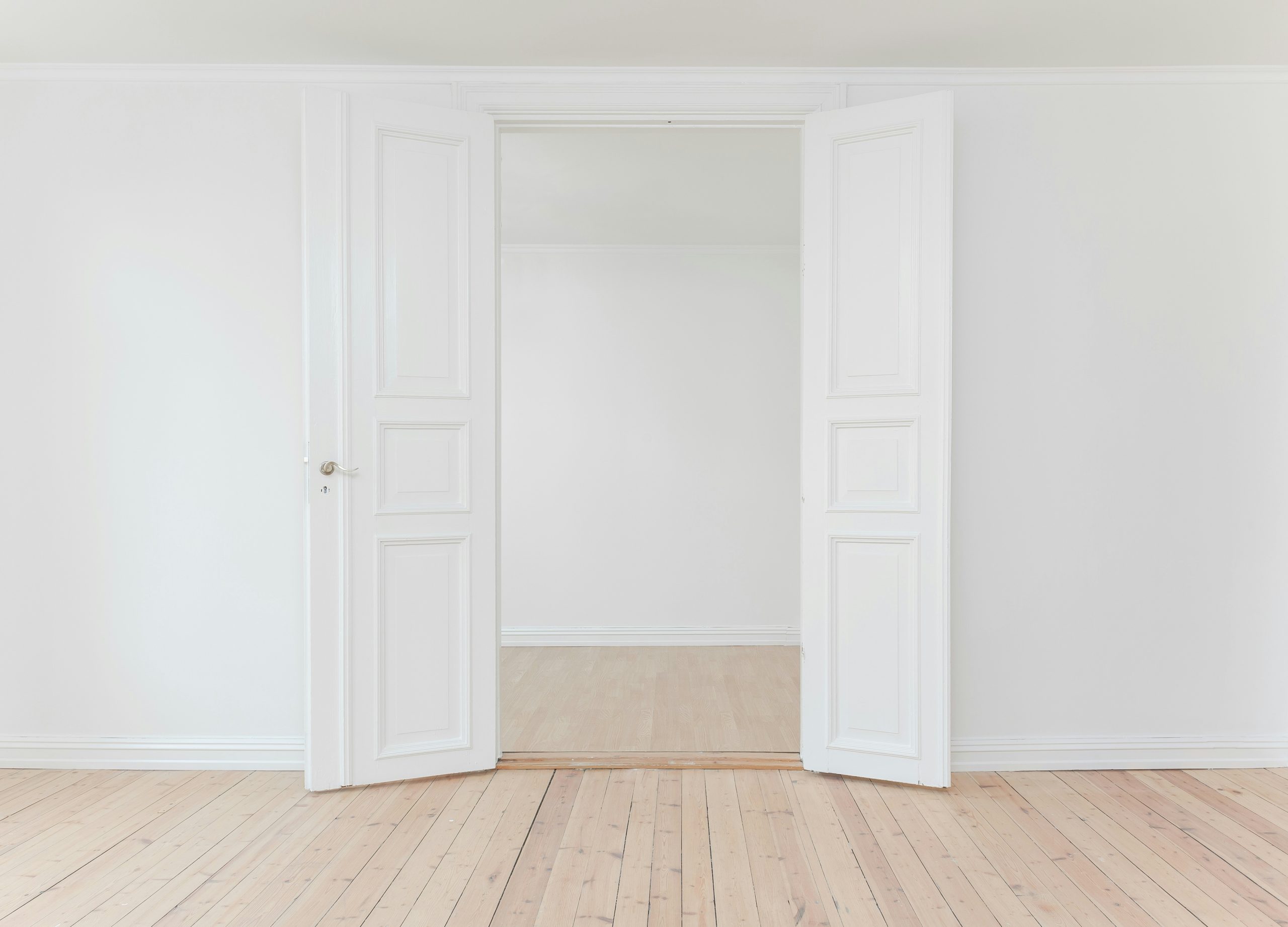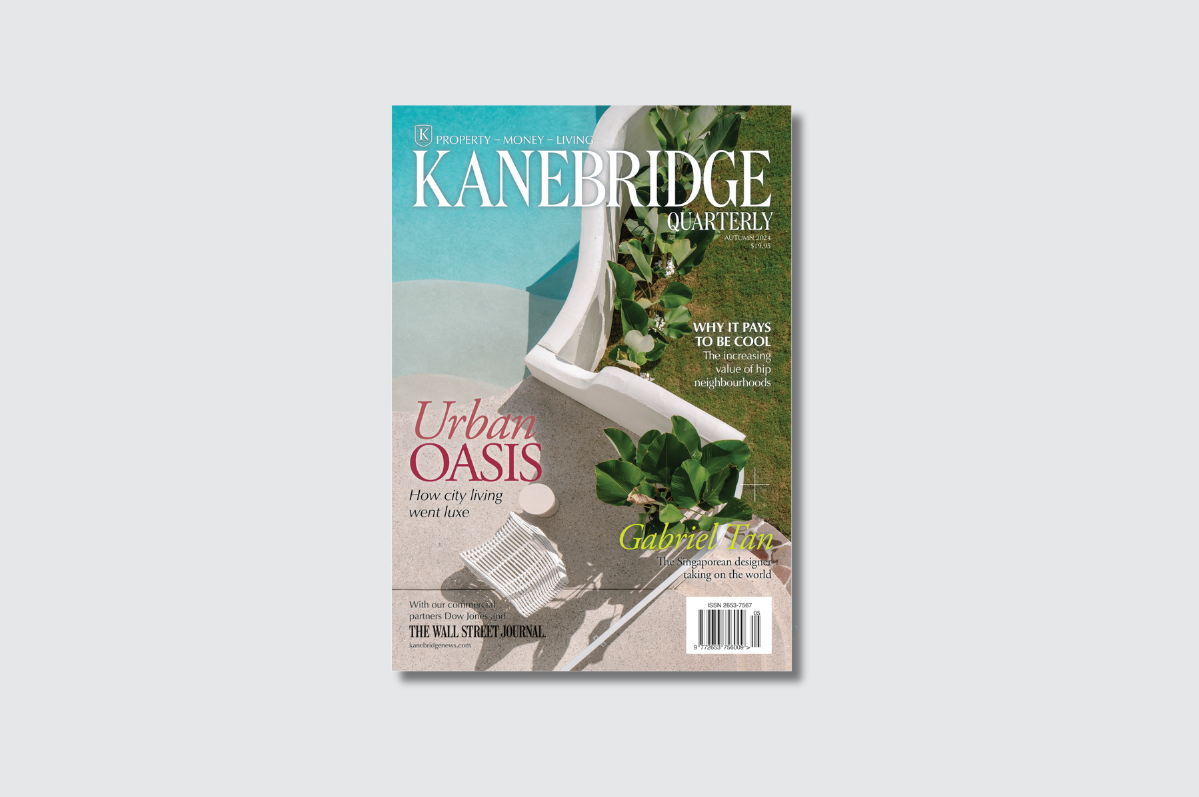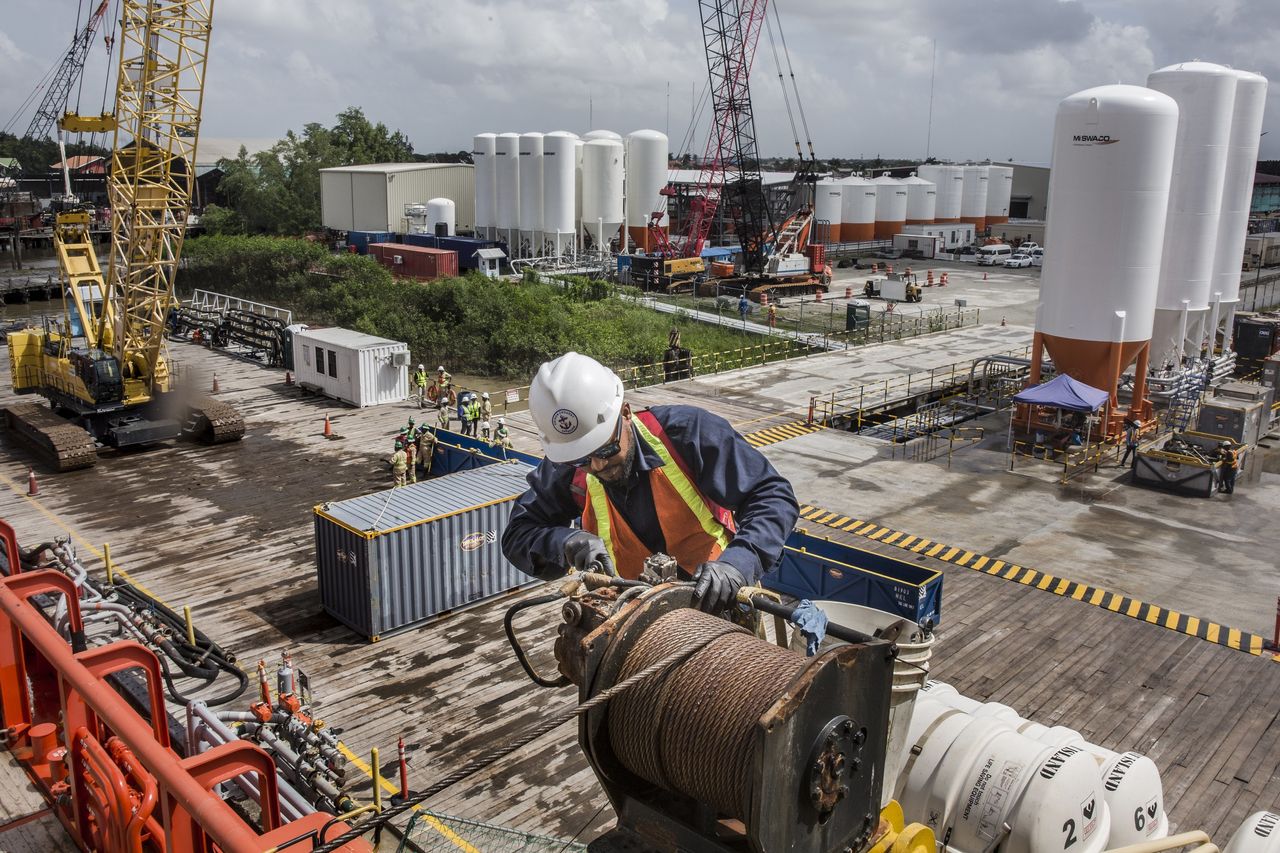Accounting For The Cost Of Going To Work
It’s the last piece in the puzzle as employers entice fiscally conscious staff to return to the office
Time spent in peak hour traffic, unreliable (and crowded) public transport, the cost of petrol and the ever-elusive quest for a parking spot — the daily commute has long been synonymous with inconvenience and expense.
But as companies urge their employees to reclaim their desks, a fresh wave of calculations has entered the scene and many are now meticulously tallying up the cost of heading into the office compared with working from home.
“Getting back into the office can be great for productivity but it comes at a cost to workers,” says Angus Kidman, money expert at comparison website Finder.
“Whether it’s paying for parking or fares to catch public transport, commuting into the office can be a hefty cost for consumers travelling into the office every day.
“But while remote work eliminates the need for commuting and transport costs, there are still plenty of other costs to be considered working from home.”
It’s no secret that patterns of work have changed drastically since the early days of 2020.
Where once we were content with the daily trip into the office — complete with full corporate wardrobe, coffees, lunch and drinks after work — the pandemic highlighted the ease with which many of us were able to work from home. Fast forward a few years and hybrid work arrangements are now more commonplace. However, in recent months we’ve seen many larger companies beginning to put their foot down on flexible working arrangements.
The truth is that thanks to the rising cost of living and those unrelenting interest rates many Australians are now paying more regardless of where they choose to work. But it seems a conservative estimate of around $10,000 per year to go to the office is the norm when you consider travel, food and your work wardrobe.
Research from Finder reveals consumers spend $122 per week on the commute which amounts to $5,856 over a 48-week work year.
Once we’re at work the spending doesn’t stop, with data indicating Australian workers spend around $1548 a year in their lunch hour — and that doesn’t include your morning coffee.
Commutes and coffees aside, the other big expense with working from the office is undoubtedly the corporate wardrobe although, according to experts, these days it’s more acceptable to be a little less corporate than we may have been used to pre-pandemic.
“Even prior to COVID we were witnessing a more relaxed workplace dress code and now that people have had a taste of dressing more casually, we won’t be in a rush to get back to the corporate that we used to know,” says stylist and corporate image consultant Caitlin Stewart.
“Designers have amended their offerings to reflect greater comfort and versatility in their garments so when curated carefully additional comfort elements can be implemented and still look professional.”
Stewart says a corporate wardrobe update can cost anywhere between $3000-$5000.
She also says while most men are still opting for suits in a corporate environment, the days of office heels and a full face of makeup for women are definitely over.
“A woman can look exceptionally polished in professional, flat loafers and a light face of makeup or just a clean and fresh face.”
Naturally, the actual costs people incur in the office or at home will depend on their specific circumstance but for Simon Kuestenmacher, co-founder of The Demographics Group, the bottom line is clear.
“There’s no question working from home is a cheaper option for many employees — especially in the capital cities,” he says.

“There’s no tolls, no public transport fees, cheaper lunch, and you can get away with a smaller work wardrobe. Of course, working from home can incur extra costs but these are minimal compared with what it costs to actually physically go into the office each day.”
Undoubtedly, the biggest out- of-pocket expense in the current economic climate when working from home is increased electricity usage and associated bills.
Data from Finder estimates the extra electricity used when working from home will add between $324 in summer and $340 in winter to the average quarterly electricity bill — or an average of around $110 per month.
“You can claim a portion of those costs through tax, but the rules around that are being tightened this year,” warns Kidman.
According to figures from the ATO, almost nine million Australians claim about $22 billion worth of work-related expenses, many relating to working from home.
Other costs to consider in an home office include furniture, equipment, and software. However, according to Kuestenmacher, companies will often foot part of that bill for employees.
Further, experts say the savings associated with working from home are not just financial.
“One of the drivers for people to continue working from home is the cost of lost time that many people experience because of long commutes,” says Dr Penelope Williams from QUT’s Business School and the Centre for Decent Work and Industry.
“For many, the extra time they get back by not travelling to and from another workplace, not only helps them achieve better work-life balance, but also increases their productivity.
“It’s important to consider the financial aspect just as much as the impact of social connections, career advancement, networking and development opportunities.”
That being said, Williams points out that there are physical and mental benefits and challenges for both office and WFH environments.
“It’s really dependent on the needs of the individual and the requirements of the workplace.”
This stylish family home combines a classic palette and finishes with a flexible floorplan
Just 55 minutes from Sydney, make this your creative getaway located in the majestic Hawkesbury region.
The auction house plans for sales to proceed, including for a Warhol ‘Flowers’ estimated at $20 million
Christie’s remained in the grip of an ongoing cyberattack on Tuesday, a crisis that has hobbled the auction house’s website and altered the way it can handle online bids. This could disrupt its sales of at least $578 million worth of art up for bid this week, starting tonight with a pair of contemporary art auctions amid New York’s major spring sales.
Christie’s said it has been grappling with the fallout of what it described as a technology security incident since Thursday morning—a breach or threat of some kind, though the auction house declined to discuss details because of its own security protocols. Christie’s also declined to say whether any of the private or financial data it collects on its well-heeled clientele had been breached or stolen, though it said it would inform customers if that proves to be the case.
“We’re still working on resolving the incident, but we want to make sure we’re continuing our sales and assuring our clients that it’s safe to bid,” said Chief Executive Guillaume Cerutti.
Sotheby’s and Phillips haven’t reported any similar attacks on their sites.
Christie’s crisis comes at a particularly fragile moment for the global art market. Heading into these benchmark spring auctions, market watchers were already wary, as broader economic fears about wars and inflation have chipped away at collectors’ confidence in art values. Christie’s sales fell to $6.2 billion last year, down 20% from the year before.
Doug Woodham, managing partner of Art Fiduciary Advisors and a former Christie’s president, said people don’t want to feel the spectre of scammers hovering over what’s intended to be an exciting pastime or serious investment: the act of buying art. “It’s supposed to be a pleasurable activity, so anything that creates an impediment to enjoying that experience is problematic because bidders have choices,” Woodham said.
Aware of this, Cerutti says the house has gone into overdrive to publicly show the world’s wealthiest collectors that they can shop without a glitch—even as privately the house has enlisted a team of internal and external technology experts to resolve the security situation. Currently, it’s sticking to its schedule for its New York slate of six auctions of impressionist, modern and contemporary art, plus two luxury sales, though one watch sale in Geneva scheduled for Monday was postponed to today.
The first big test for Christie’s comes tonight with the estimated $25 million estate sale of top Miami collector Rosa de la Cruz, who died in February and whose private foundation offerings include “Untitled” (America #3),” a string of lightbulbs by Félix González-Torres estimated to sell for at least $8 million.
Cerutti said no consignors to Christie’s have withdrawn their works from its sales this week as a result of the security incident. After the De la Cruz sale, Christie’s 21st Century sale on Tuesday will include a few pricier heavyweights, including a Brice Marden diptych, “Event,” and a Jean-Michel Basquiat from 1982, “The Italian Version of Popeye Has no Pork in his Diet,” each estimated to sell for at least $30 million.
But the cyberattack has already altered the way some collectors might experience these bellwether auctions at Christie’s. Registered online bidders used to be able to log into the main website before clicking to bid in sales. This week, the house will email them a secure link redirecting them to a private Christie’s Live site where they can watch and bid in real time. Everyone else will be encouraged to call in or show up to bid at the house’s saleroom in Rockefeller Center in Midtown Manhattan.
If more bidders show up in person, the experience might prove to be a squeeze. During the pandemic, Christie’s reconfigured its main saleroom from a vast, well-lit space that could fit several hundred people into a spotlit set that more closely evokes a television studio, with far fewer seats and more roving cameras—all part of the auction industry’s broader effort to entice more collectors as well as everyday art lovers to tune in, online.
Once this smaller-capacity saleroom is filled, Christie’s said it will direct people into overflow rooms elsewhere in the building. Those who want to merely watch the sale can’t watch on Christie’s website like usual but can follow along via Christie’s YouTube channel.
Art adviser Anthony Grant said he typically shows up to bid on behalf of his clients in these major sales, though he said his collectors invariably watch the sales online as well so they can “read the room” in real time and text him updates. This week, Grant said a European collector who intends to vie for a work at Christie’s instead gave Grant a maximum amount to spend.
Grant said the cyberattack popped up in a lot of his conversations this past weekend. “There’s a lot of shenanigans going on, and people have grown so sensitive to their banks and hospitals getting hacked,” he said. “Now, their auction house is going through the same thing, and it’s irksome.”
Consumers are going to gravitate toward applications powered by the buzzy new technology, analyst Michael Wolf predicts
This stylish family home combines a classic palette and finishes with a flexible floorplan












